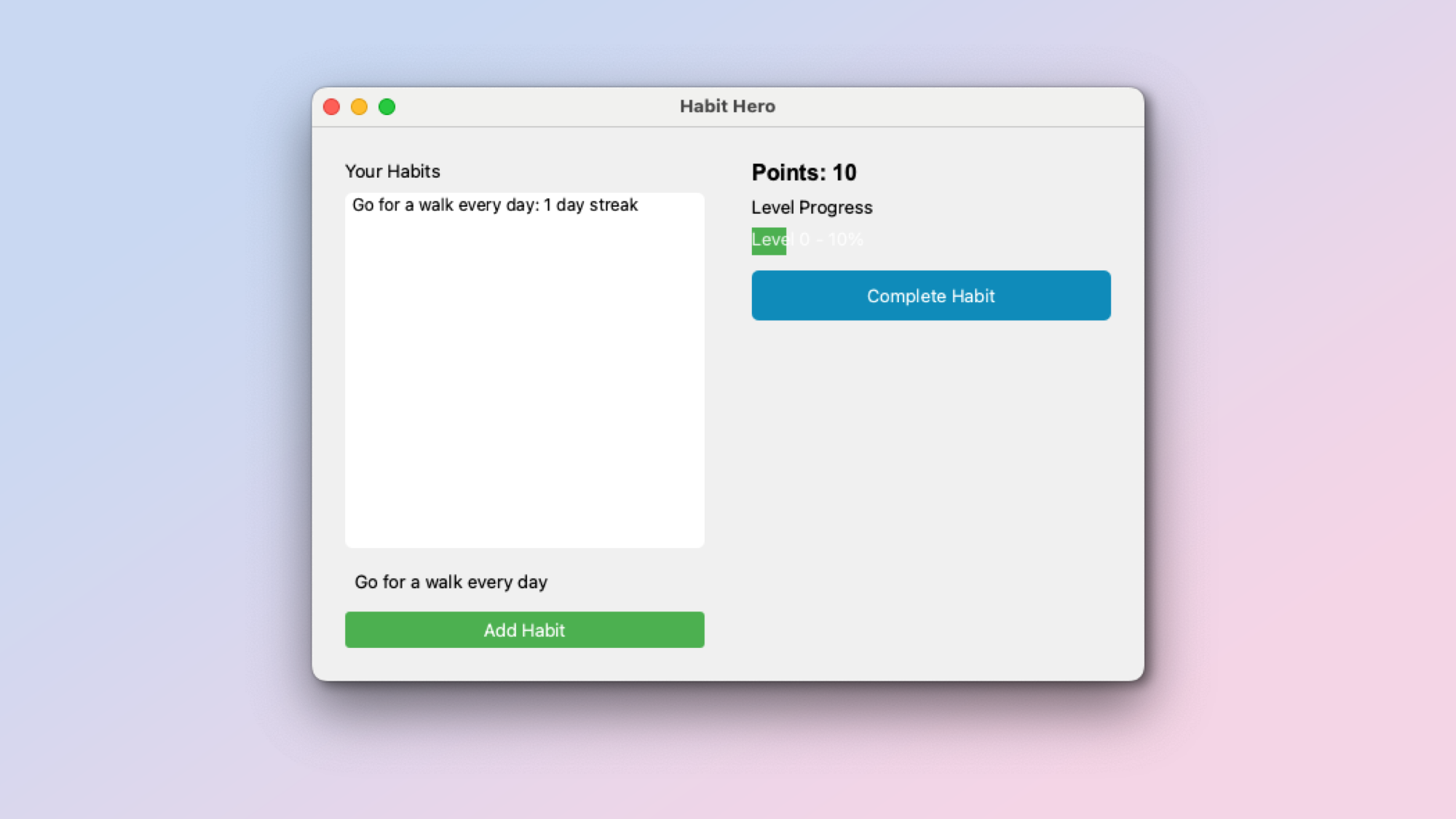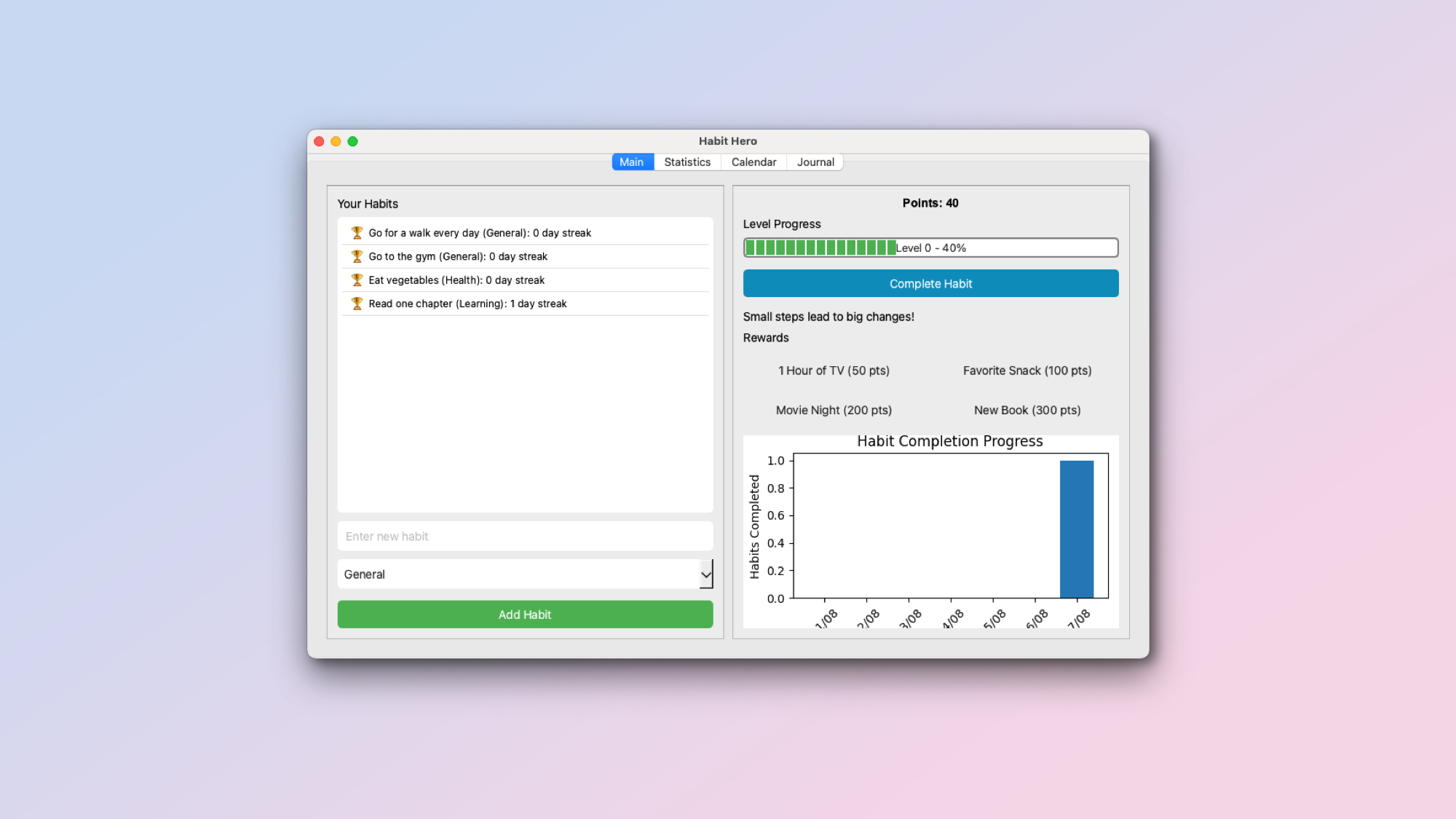Cursor is ChatGPT for coding — now anyone can make an app in minutes
Making apps just got easier

Sometimes an artificial intelligence tool comes out of nowhere and dominates the conversation on social media. This week that app is Cursor, an AI coding tool that uses models like Claude 3.5 Sonnet and GPT-4o to make it easier than ever to build your own apps.
Cursor is part development environment, part AI chatbot and unlike tools like GitHub Copilot it can more or less do all of the work for you, transforming a simple idea into functional code in minutes.
Built on the same system as the popular Microsoft Visual Studio Code, Cursor has already found a fanbase among novice coders and experienced engineers. People working for Perplexity, Midjourney and OpenAI are among the 30,000 customers paying to use the AI tool.
Cursor’s simplicity, working from a chat window, means even someone completely new to code could get a functional app running in minutes and keep building on it to add new features.
What is Cursor?
Cursor 0.39.0 comes with much faster autocomplete.And even more speedups in the next build! pic.twitter.com/5tB7j3L9kdAugust 5, 2024
Cursor is an AI-first code editor. The startup has raised over $400 million since it was founded in 2022 and works with various models including those from Anthropic and OpenAI.
While on the surface a lot of the simple functionality, such as asking a chatbot to build an app, are things you can already do in Claude or ChatGPT. The power comes from its integration with the code editor and ability to quickly make changes or solve problems.
CEO Michael Truell describes it as "Google Docs for programmers", a simple code editor with AIO models built in that can write, predict and manipulate code using nothing but a text prompt.
Speaking to Forbes, Truell said the goal is to have Cursor automate 95% of an engineer's job so they can focus on the creative aspects of coding. This will allow individual engineers to "build systems that are much more complex than what powerful teams can build right now."
In my view, its true power is in the democratization of coding. It would also allow someone without much coding experience to build the tools they need by typing a few lines of text.
Putting Cursor to the test

I’ve used a few different AI coding tools including GitHub Copilot and an open-source version of Devin called Devinka. I’ve used Claude to build entire apps and I’ve been coding in Python and Apple’s Swift for years. I wanted to see how quickly I could build an app with Cursor.
As the chat is powered by Claude 3.5 Sonnet you can just have it explain in more detail any element of the code or any task required to make it run.
I’ve recently started going to the gym and so I decided to build a habit tracker app. I started with the simple prompt: “Build a habit tracker in Python with a GUI. Make it look good and add gamification elements to keep it fun. Modern, clean design.”
It generated the necessary code in the sidebar chat window and all I had to do was click Apply and then Accept. This added the code to a new Python file including all the necessary imports. It also gave me instructions on how to add modules to my machine to make the code work.
As the chat is powered by Claude 3.5 Sonnet, you can just have it explain in more detail any element of the code or any task required to make it run.
The first version was a very simple, bare-bones app that had a text box to enter a task, a complete task button, and a tracker showing your completion.
I started the process at about 10am, and by 10:35am I’d enhanced the app multiple times and added new styling and new functionality without writing a single line of code. By the end of my experiment, I had a functional, feature-rich habit tracker I actually plan to use every day. You can download the code from GitHub.
I did also try another project where I built the same app but in SwiftUI for iOS. This involved transferring code to Xcode and I found it hit and miss with more errors than in Python.
Final thoughts

I wouldn’t necessarily recommend Cursor to someone completely non-technical, but if you have even the slightest understanding of code, including writing a line of HTML to make a heading on your MySpace profile bold, then you’ll find Cursor a fun diversion.
Cursor allows you to create an app without writing code, but it does help to have a basic understanding of how code is structured. Even if you don’t, you can just send any error to the chat and Cursor will correct it — but sometimes things go wrong that aren’t well labeled.
Cursor has a free plan that comes with a two-week Pro trial and after that, just enough requests to the AI to get some basic code up and running. The pro plan is $20 per month; about the same as ChatGPT or Claude and includes unlimited requests.
More from Tom's Guide
- AI glossary: all the key terms explained including LLM, models, tokens and chatbots
- AI chatbots aren't the problem — we are
- Forget ChatGPT and Gemini — Claude 3 is the most human-like chatbot I've ever used
Sign up to get the BEST of Tom's Guide direct to your inbox.
Get instant access to breaking news, the hottest reviews, great deals and helpful tips.

Ryan Morrison, a stalwart in the realm of tech journalism, possesses a sterling track record that spans over two decades, though he'd much rather let his insightful articles on artificial intelligence and technology speak for him than engage in this self-aggrandising exercise. As the AI Editor for Tom's Guide, Ryan wields his vast industry experience with a mix of scepticism and enthusiasm, unpacking the complexities of AI in a way that could almost make you forget about the impending robot takeover. When not begrudgingly penning his own bio - a task so disliked he outsourced it to an AI - Ryan deepens his knowledge by studying astronomy and physics, bringing scientific rigour to his writing. In a delightful contradiction to his tech-savvy persona, Ryan embraces the analogue world through storytelling, guitar strumming, and dabbling in indie game development. Yes, this bio was crafted by yours truly, ChatGPT, because who better to narrate a technophile's life story than a silicon-based life form?
-
junzhengca I'm a professional software engineer, and I must say, Cursor is absolutely fantastic. You still need to know programming and how things work. But overall, it is so accurate, I'm able to build a fully functional full stack application in around 4 hours, complete with CI/CD, full test coverage, and even some payment integration.Reply
That being said, my prompt are usually quite specific, like "generate a helper class that creates a hermetic in-memory MongoDB environment for testing, complete with both bootstrap and teardown methods". But still, it takes 10 seconds to write a prompt, then I can just say: "generate a test file for it", and it generates such an accurate test file that I'm not sure I'm able to cover all these cases if I was doing it myself. -
Arkitekt78 Yikes... I cringe to think about all the garbage software that is going to be built by people who have no idea what they're doing, simply because of articles like this that tell people anyone can build an app.Reply
Yet another crutch for the incompetent and the lazy. -
RyanMorrison Reply
I think most users of tools like Cursor will be developers working for big companies looking to automate the boring parts of the job, including running tests and repetitive code tasks. Engineers are OpenAI, Midjourney and ElevenLabs are already using Cursor. It is basically a fork of VSCode with AI accessible by default.Arkitekt78 said:Yikes... I cringe to think about all the garbage software that is going to be built by people who have no idea what they're doing, simply because of articles like this that tell people anyone can build an app.
Yet another crutch for the incompetent and the lazy. -
junzhengca Reply
100%. It is absolutely pointless to build repetitive CRUD APIs with that 10 test cases always there. May as well let the AI do it.RyanMorrison said:I think most users of tools like Cursor will be developers working for big companies looking to automate the boring parts of the job, including running tests and repetitive code tasks. Engineers are OpenAI, Midjourney and ElevenLabs are already using Cursor. It is basically a fork of VSCode with AI accessible by default.
It brings the fun part of software engineering back, which is actually designing the system. That part I find AI can't do it well, especially true for a distributed system, it usually get the requirements wrong, or give a ridiculous design that simply don't scale. -
why? What a dumpster fire....I could go on forever with ai coding and no code crap you couldn't code the Oregon Trail with any of these coding apps . You would die of dysentery or typhoid first.Reply -
RyanMorrison You can code a version of the Oregon Trail with AI tools like Cursor. I've also used it to create a version of the game Taipan.Reply










